
Sustainable Landscaping Practices in San Diego: A Complete Guide
Table of Contents
Embrace Native Plants
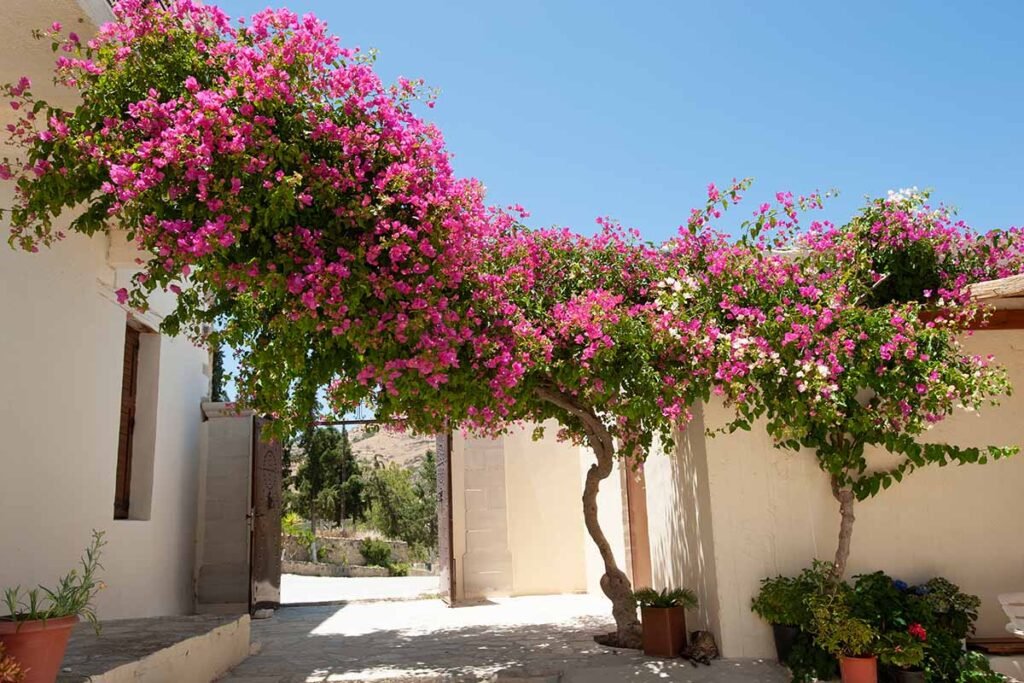
Here are a few of the many popular San Diego-native plants which thrive in our climate:
- California Poppy (Eschscholzia californica): The California state flower, known for its bright orange blooms.
- Lavender (Lavandula spp.): Fragrant and visually appealing, lavender is drought-tolerant and attracts pollinators.
- Agave (Agave spp.): Succulent with striking rosette forms and low water requirements.
- Salvia (Salvia spp.): A diverse group of plants with vibrant flowers and excellent drought tolerance.
- Bougainvillea (Bougainvillea spp.): A burst of color, this flowering vine is hardy and thrives in our warm, dry summers.
The Art of Xeriscaping
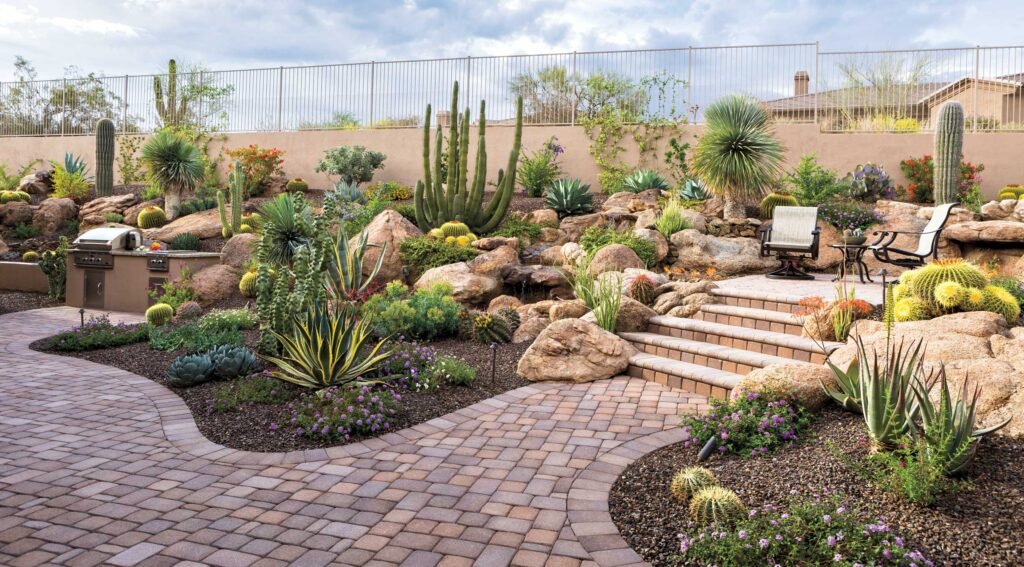
Here are some of the many beautiful plants for your San Diego xeriscape garden:
- Blue Palo Verde (Parkinsonia florida): Striking tree with blue-green bark and bright yellow spring flowers.
- California Lilac (Ceanothus spp.): Diverse shrubs with vibrant blue, purple, or white clusters.
- Dudleya (Dudleya spp.): Succulent rosettes in various colors, low water needs.
- Desert Marigold (Baileya multiradiata): Bright yellow, year-round daisy-like flowers.
- Coral Aloe (Aloe striata): Gray-green succulent with vibrant coral-colored winter blooms.
Efficient Water Management
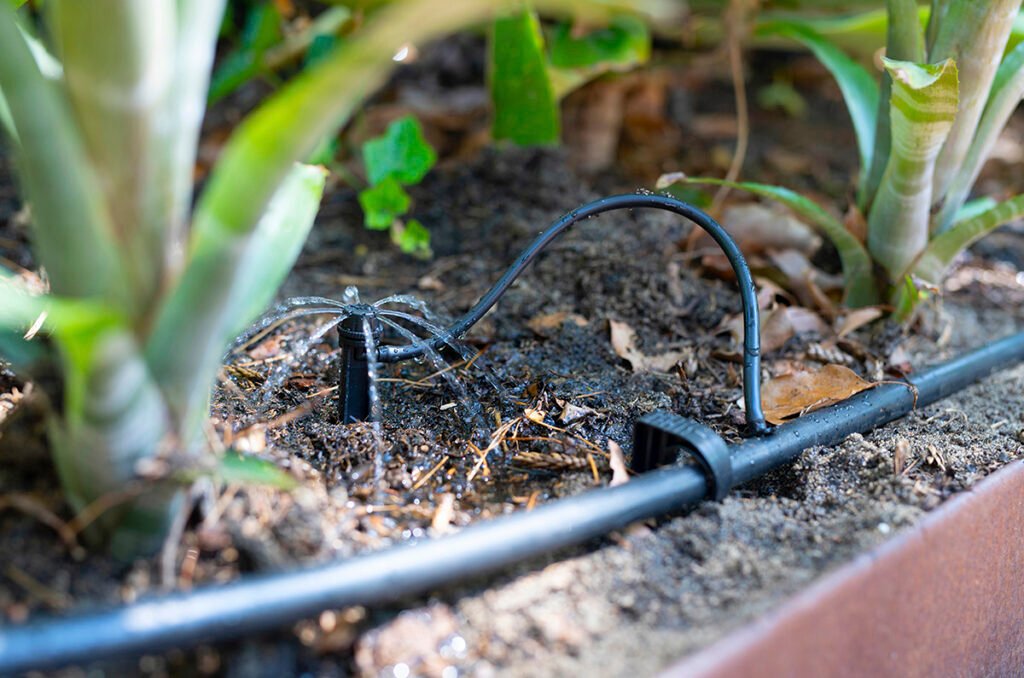
Here are some irrigation practices that Seaside Landscape & Design recommends and routinely installs in San Diego:
Drip Irrigation System: Drip irrigation delivers water directly to the root zone of plants through a network of hoses, pipes, and emitters. As a result, it minimizes water wastage, reduces evaporation, and ensures that plants receive the right amount of moisture.
Smart Sprinkler Controller: Smart controllers use weather data and real-time information to adjust your sprinkler system’s schedule. They can also be controlled remotely via smartphone apps, optimizing water usage by responding to changing weather conditions.
Mulch: While not an irrigation system, mulch is essential for water conservation. Applying a layer of organic mulch around your plants helps retain soil moisture, reducing the need for frequent watering and preventing weed growth.
Organic Soil Enrichment
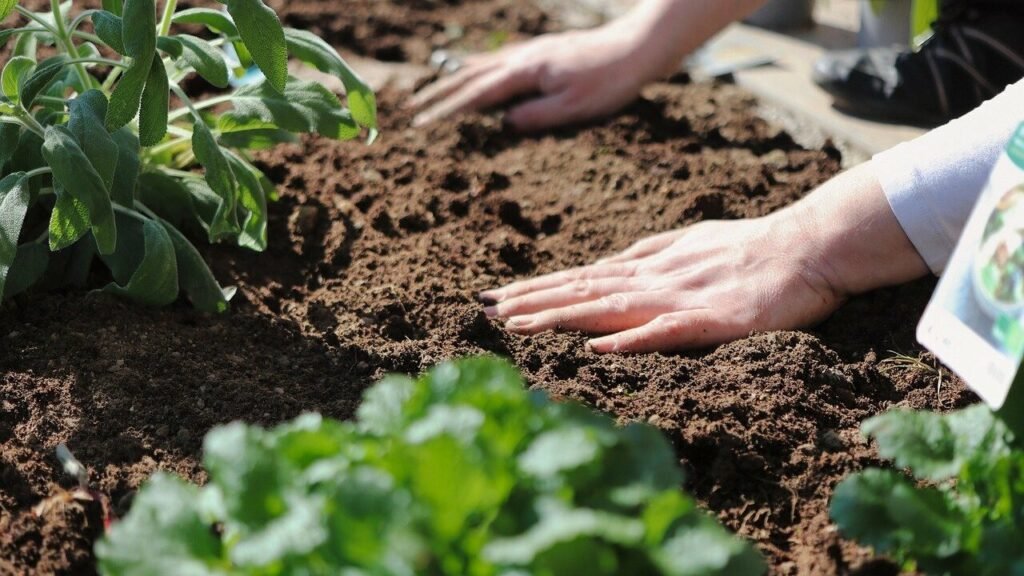
California landscapers & contractors should utilize the following methods to cultive soil of the highest quality:
- Nutrient rich amendments: Adding organic products like compost, fish meal, and bone meal increases availability of several key nutrients such as nitrogen, phosphorous, and calcium which improve overall plant and root growth while helping retain moisture.
- Soil structure and fertility enhancers: Incorporating worm castings, cover crops, and manure will enhance the structure and microbial matter in your soil resulting in healthier plants.
- Moisture Management: Including minerals like gypsum and perlite in your soil amendments allows the soil to hold the correct amount of water while also providing adequate drainage.
Design for Efficiency

Proper landscaping design methods require the following procedures:
- Utilize microclimates: San Diego features diverse microclimates due to variations in sun exposure, wind, and topography. Take advantage of these microclimates by placing more water-sensitive plants in shadier areas and reserving sunnier spots for drought-tolerant species.
- Incorporate hardscape elements: Hardscape features like gravel pathways, decorative rocks, and pavers not only reduce the need for water-intensive grass but also add visual interest and define spaces in your garden.
- Layered planting: Implement well-spaced, layered planting with taller shrubs or trees providing shade to lower, more water-sensitive plants. This not only reduces unwanted evaporation, but also creates a dynamic visual landscape.
Consistent Maintenance
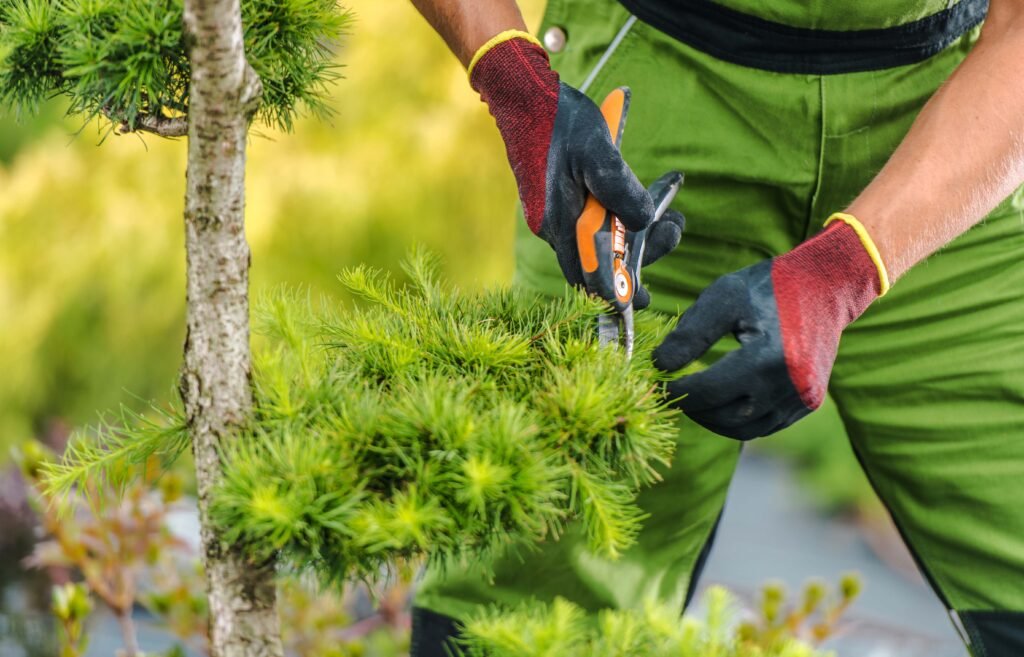
Here are some of the most important things to consider when maintaining your landscape:
- Adjust Watering Schedule: Continually adapt your irrigation schedule to accommodate changing weather conditions and seasonal variations. During cooler months, you may need less frequent watering.
- Pruning and Trimming: Regularly prune and trim your plants to maintain their shape and promote air circulation. Well-pruned plants are healthier and less prone to disease, reducing the need for excessive watering.
- Weed Control: Vigilantly control weeds in your garden, as they compete for water with desirable plants. By preventing weed growth, you can optimize water usage.
- Fertilization: Apply organic fertilizers sparingly and as needed. Excessive fertilization can lead to overgrowth and increased water requirements. Follow recommended guidelines for your specific plant types.
- Pest/Disease Management: Implement integrated pest management (IPM) techniques to control pests and diseases. Targeted solutions minimize the need for broad-spectrum treatments that may harm beneficial insects and disrupt your garden’s natural balance.
Thanks for reading!
We hope you’ve found all the information you need in this article to create a beautiful and water-efficient landscape in San Diego. As the experts at Seaside Landscape & Design, we have the knowledge and passion to help you implement these strategies.
Don’t hesitate to reach out to us to turn your landscaping dreams into reality. Let us help you create an eco-friendly and stunning garden. Your sustainable oasis is just a call away.






